
The #1 theme page for founders and entrepreneurs. Posts on founder, business and marketing. By @armaanSkooner 🎨
5 subscribers
How to get URL link on X (Twitter) App


 Emergent just launched Mobile App Building + Pro Mode.
Emergent just launched Mobile App Building + Pro Mode. 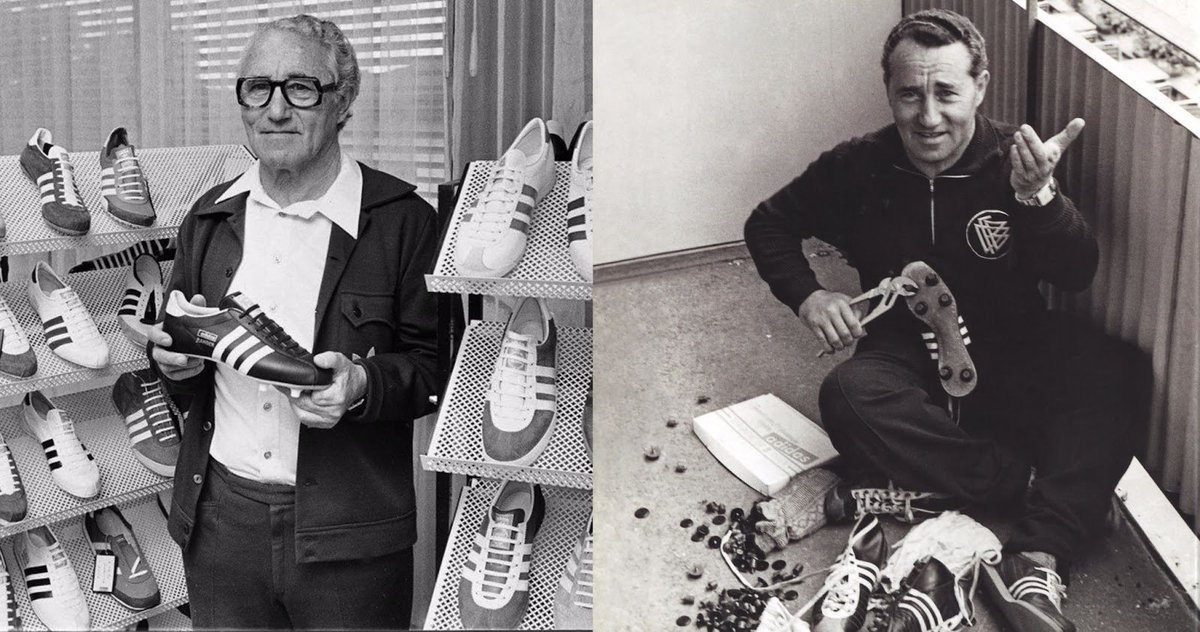
 In 1924, Adi Dassler and his older brother Rudolf Dassler founded the Dassler Brothers Shoe Factory.
In 1924, Adi Dassler and his older brother Rudolf Dassler founded the Dassler Brothers Shoe Factory.
 John McAfee started as a legit genius.
John McAfee started as a legit genius.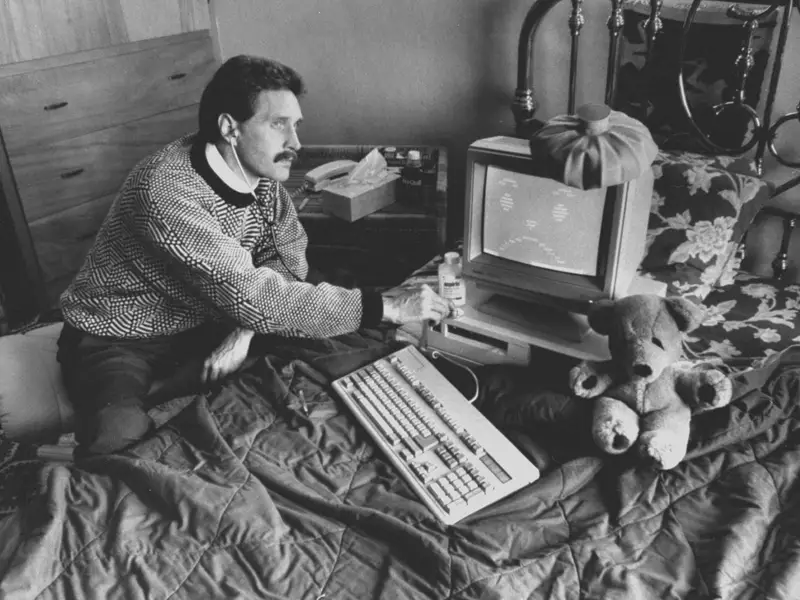

 When Apple Music launched in June 2015, Apple immediately put Spotify in its crosshairs:
When Apple Music launched in June 2015, Apple immediately put Spotify in its crosshairs:

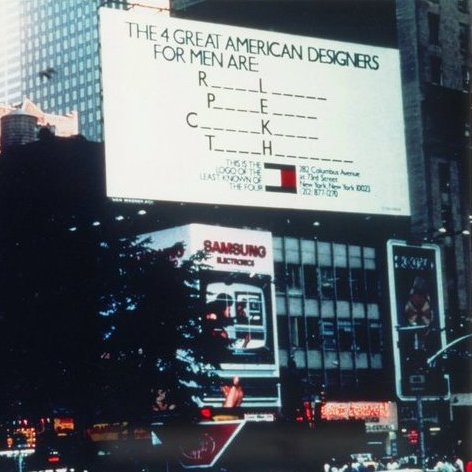 In 1985, Tommy Hilfiger was unknown.
In 1985, Tommy Hilfiger was unknown.
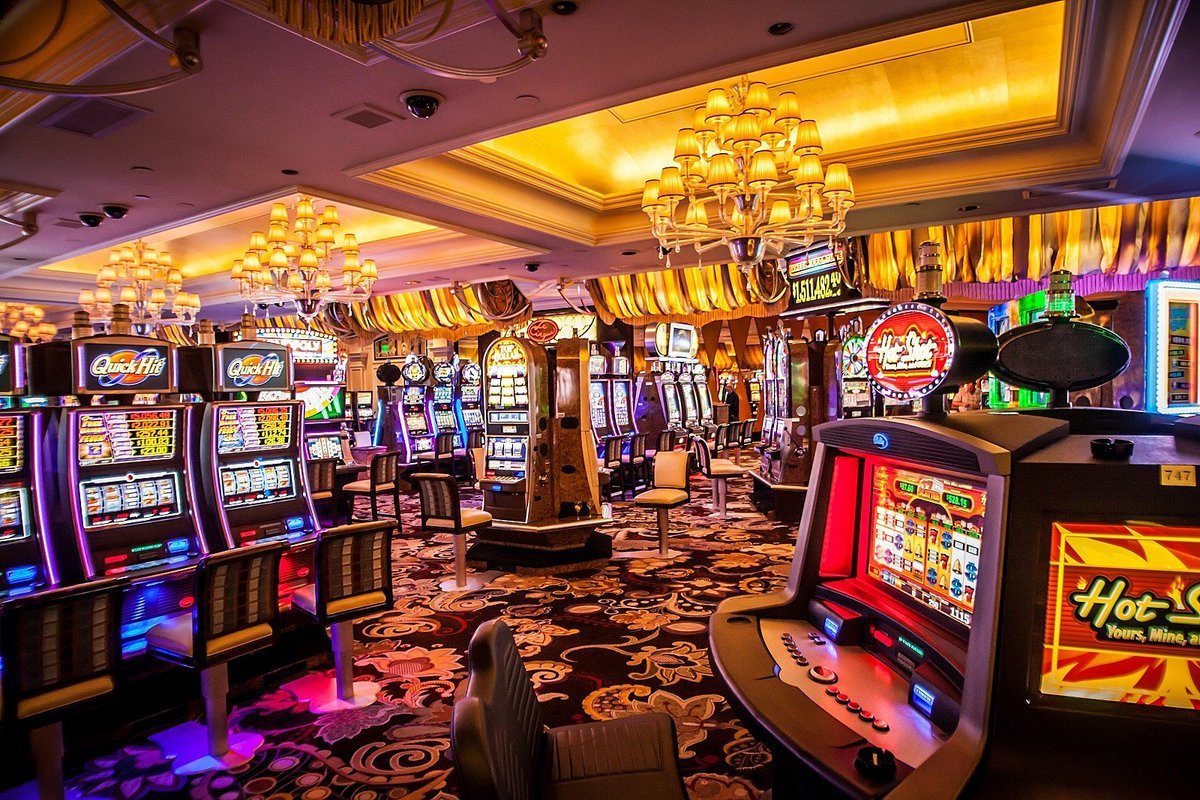
 1. No Clocks, No Windows Strategy
1. No Clocks, No Windows Strategy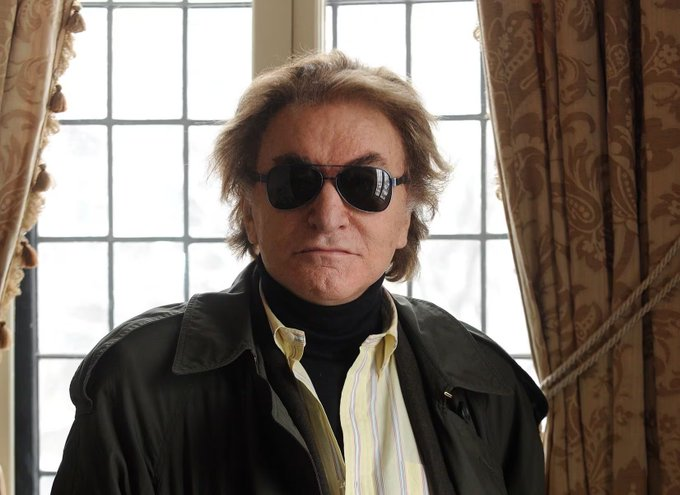
 After World War II, Nestlé entered Japan, hoping to create a new coffee market.
After World War II, Nestlé entered Japan, hoping to create a new coffee market.
 Frederick Henry Royce was born in 1863 in Alwalton, England, the youngest of five children.
Frederick Henry Royce was born in 1863 in Alwalton, England, the youngest of five children.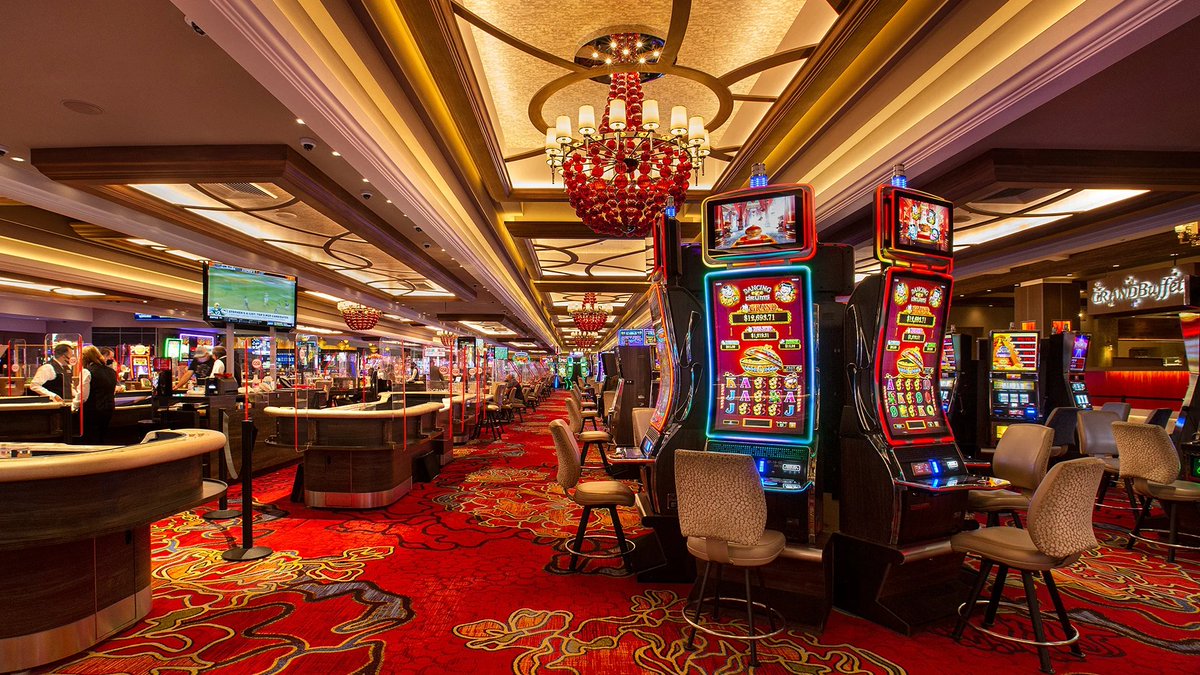
 1. No Clocks, No Windows Strategy
1. No Clocks, No Windows Strategy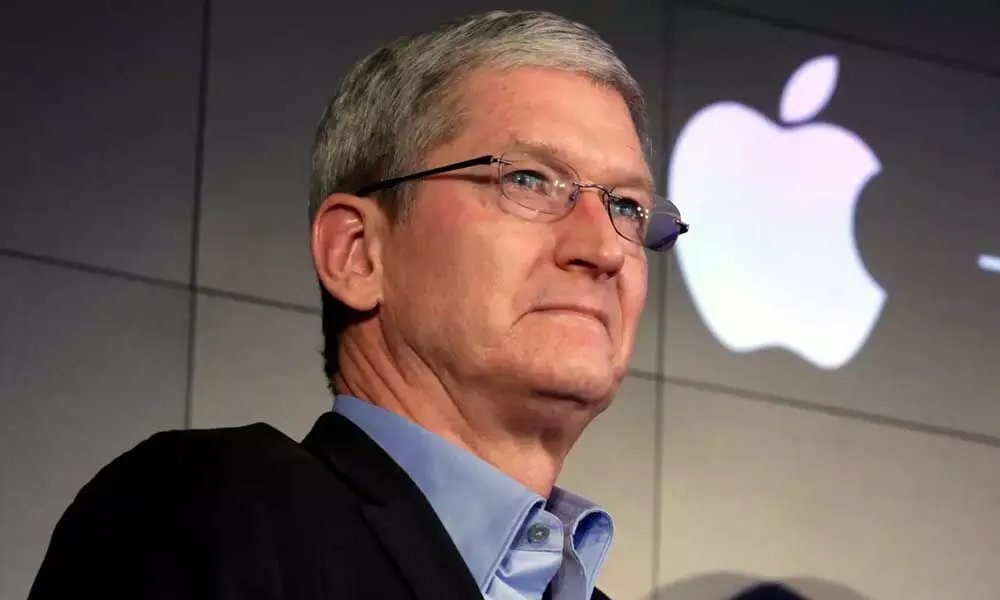

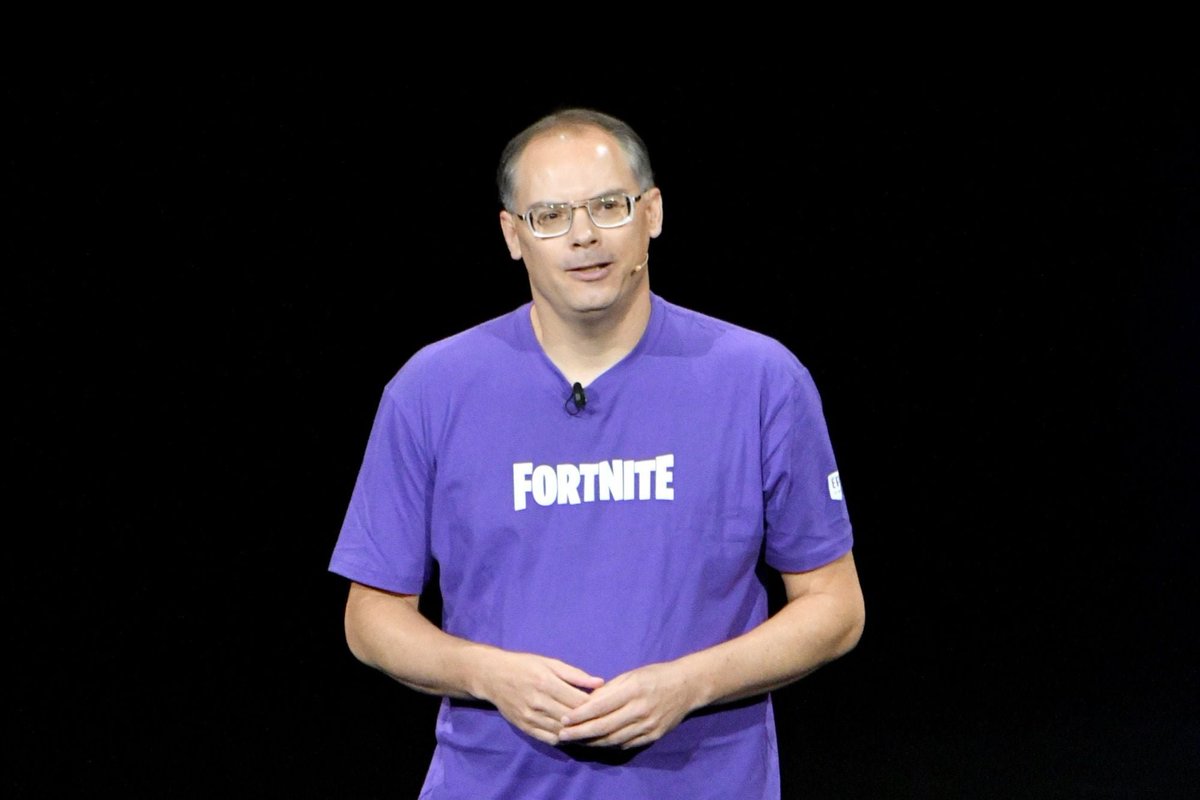 Apple's App Store Tax was at the heart of the conflict—a 30% commission on all in-app purchases.
Apple's App Store Tax was at the heart of the conflict—a 30% commission on all in-app purchases.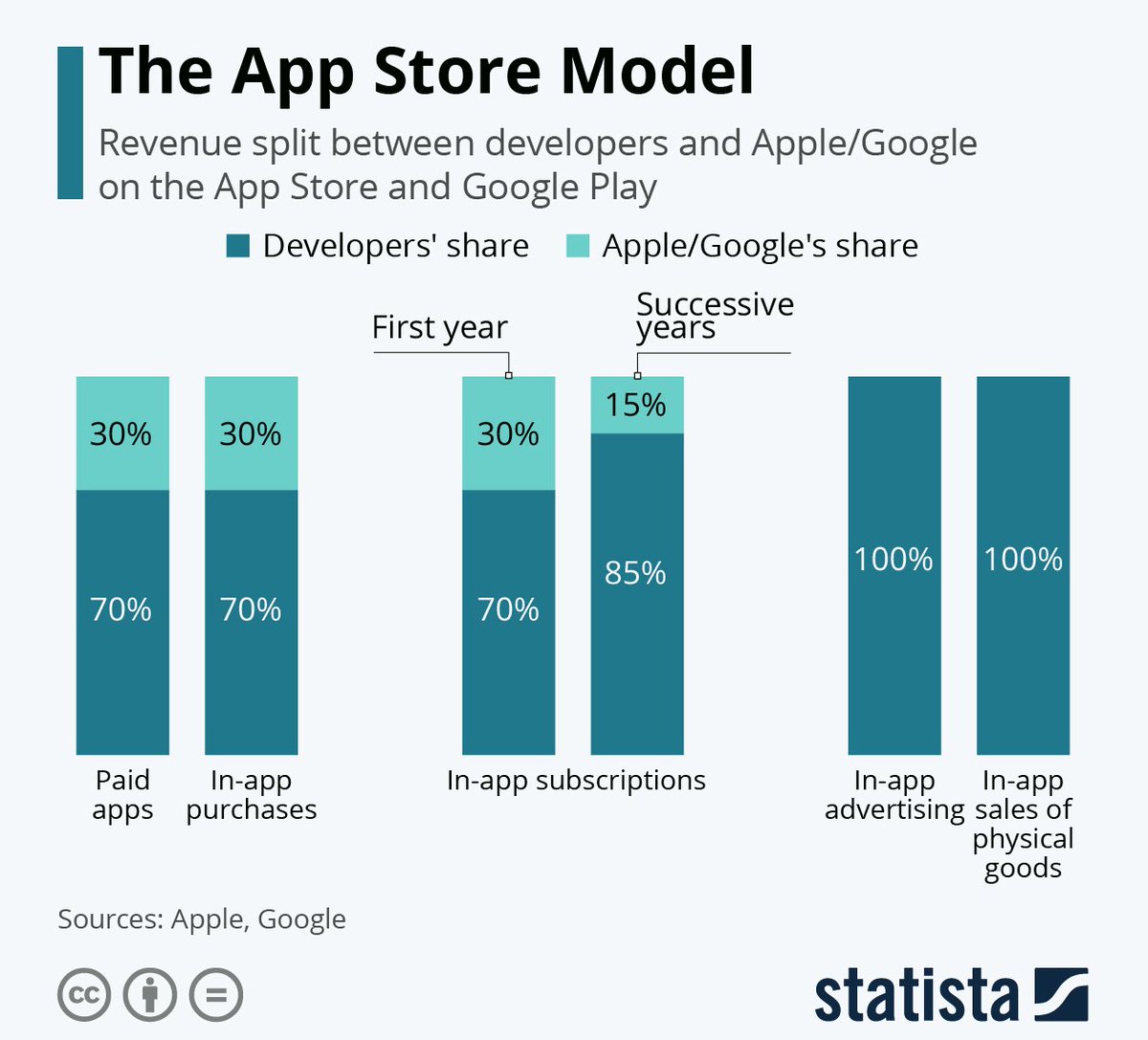

 Founded in 1891 in Eindhoven, Netherlands, Philips started as a small company producing light bulbs.
Founded in 1891 in Eindhoven, Netherlands, Philips started as a small company producing light bulbs.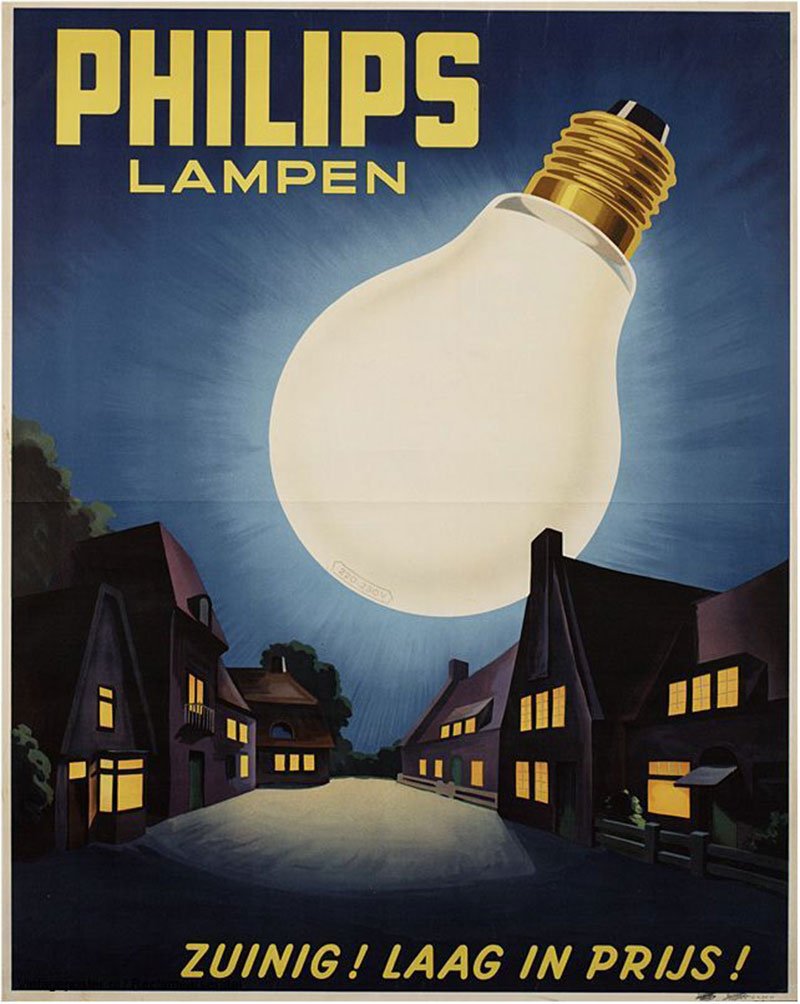

 By the late 1980s, Trump had built a massive real estate portfolio, including iconic properties like Trump Tower and the Plaza Hotel.
By the late 1980s, Trump had built a massive real estate portfolio, including iconic properties like Trump Tower and the Plaza Hotel.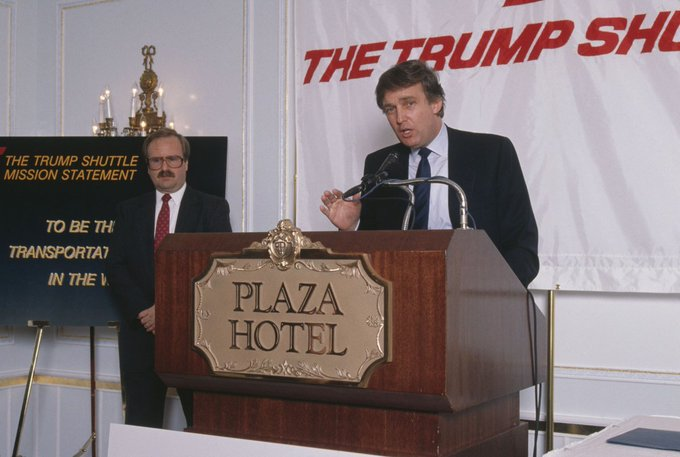

 In 1924, Adi Dassler and his older brother Rudolf Dassler founded the Dassler Brothers Shoe Factory.
In 1924, Adi Dassler and his older brother Rudolf Dassler founded the Dassler Brothers Shoe Factory.
 Netflix began in 1997 as a DVD rental-by-mail service, founded by Reed Hastings and Marc Randolph.
Netflix began in 1997 as a DVD rental-by-mail service, founded by Reed Hastings and Marc Randolph.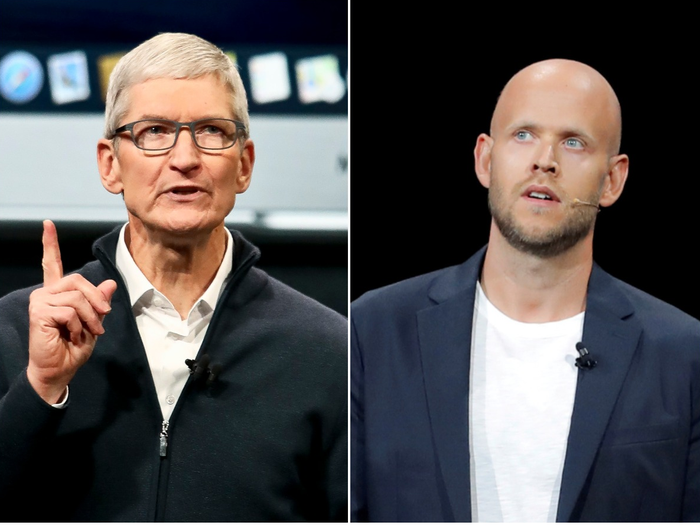
 When Apple Music launched in June 2015, Apple immediately put Spotify in its crosshairs:
When Apple Music launched in June 2015, Apple immediately put Spotify in its crosshairs: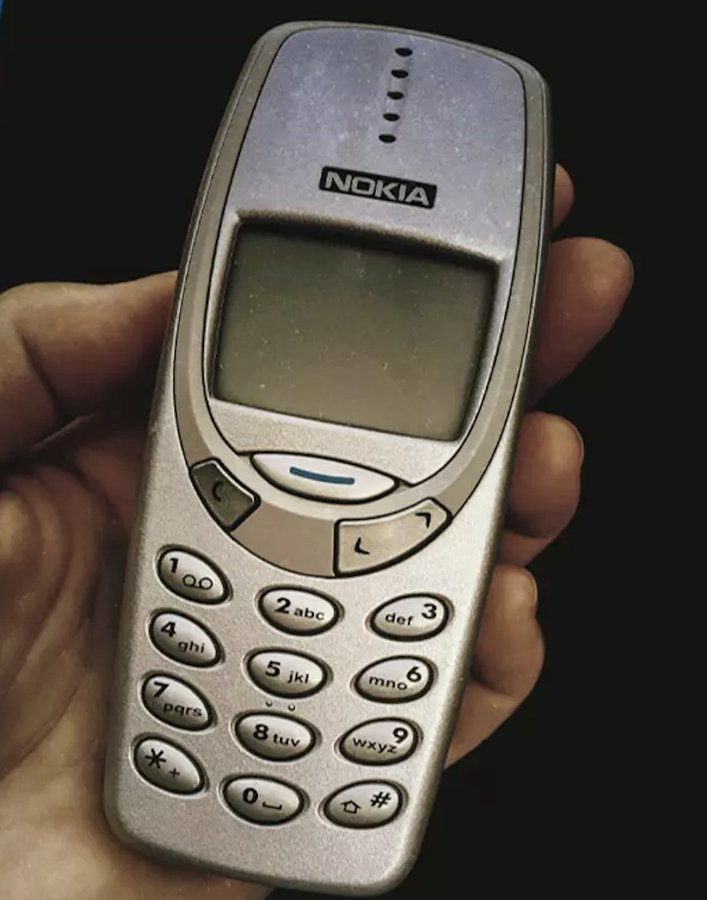

 Nokia’s journey started in 1865 as a paper mill. By the mid-20th century, it diversified into cables, rubber, and electronics.
Nokia’s journey started in 1865 as a paper mill. By the mid-20th century, it diversified into cables, rubber, and electronics.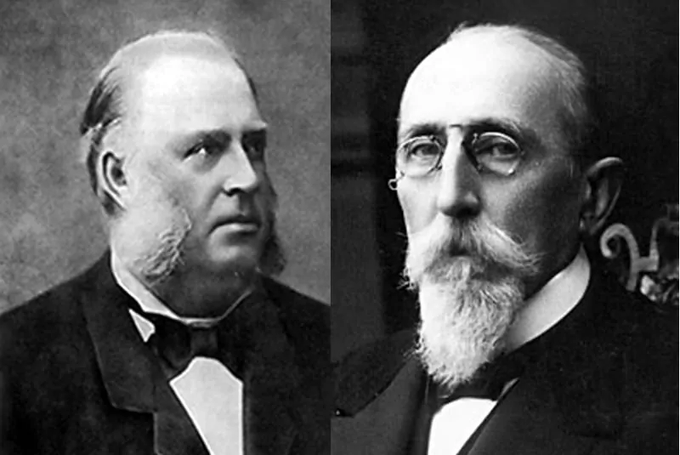

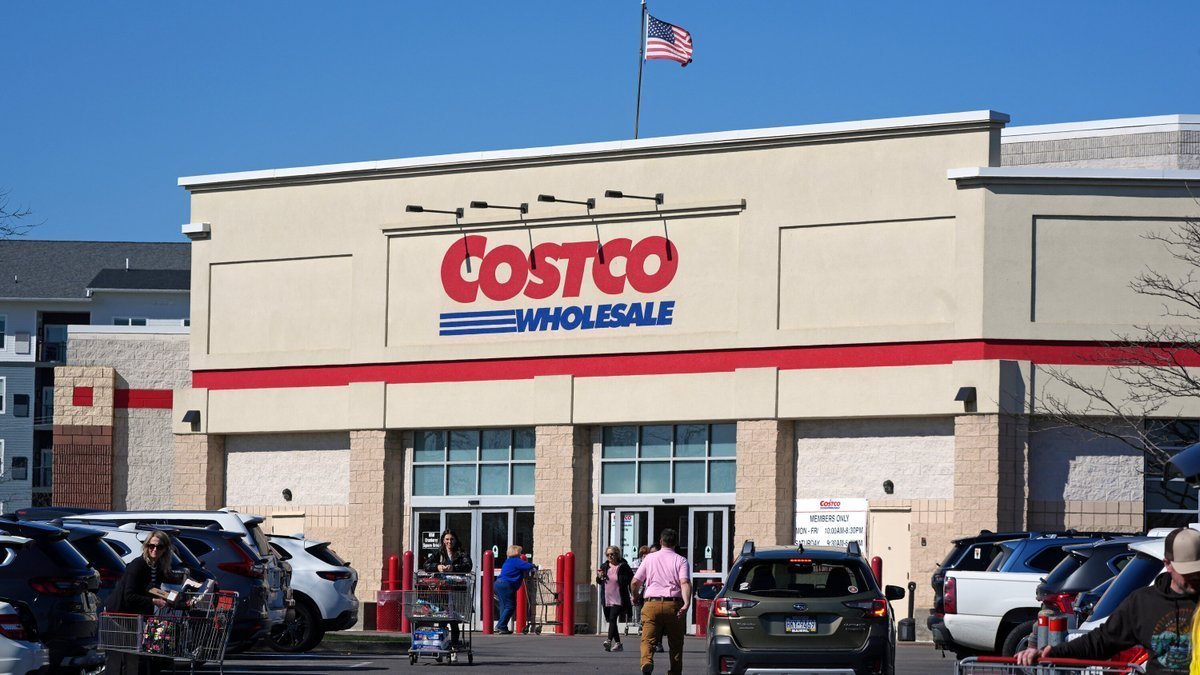
 1. The Golden Rule: Never Exceed 14% Markup
1. The Golden Rule: Never Exceed 14% Markup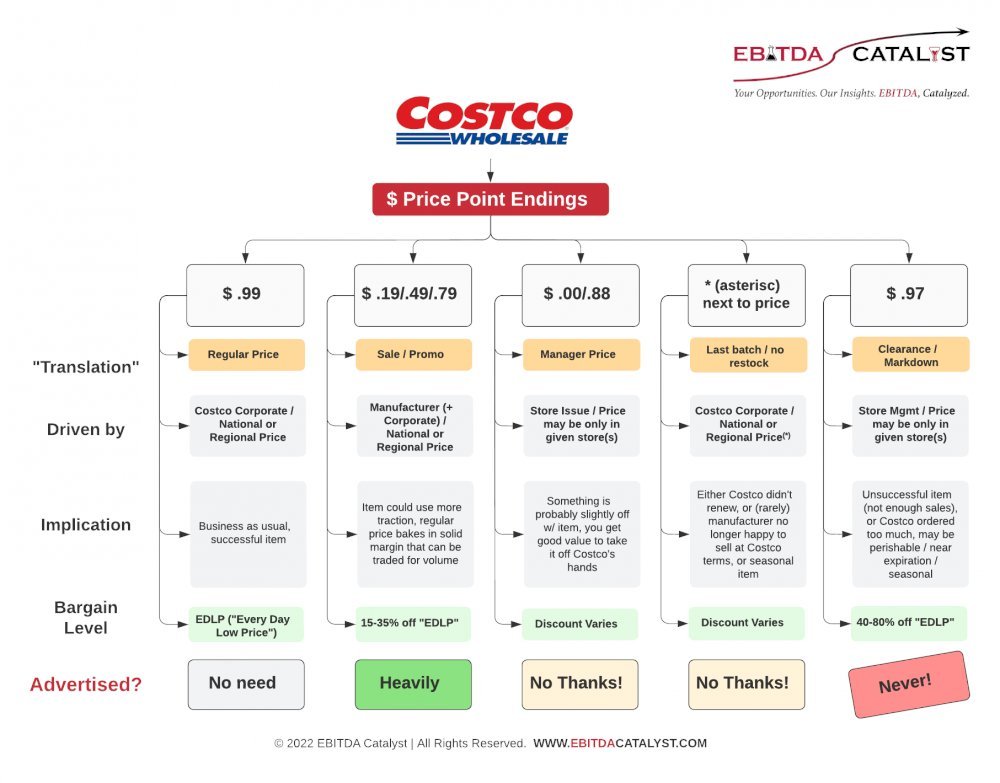

 Ryanair revolutionized air travel with a simple philosophy: strip out everything that’s not essential.
Ryanair revolutionized air travel with a simple philosophy: strip out everything that’s not essential. 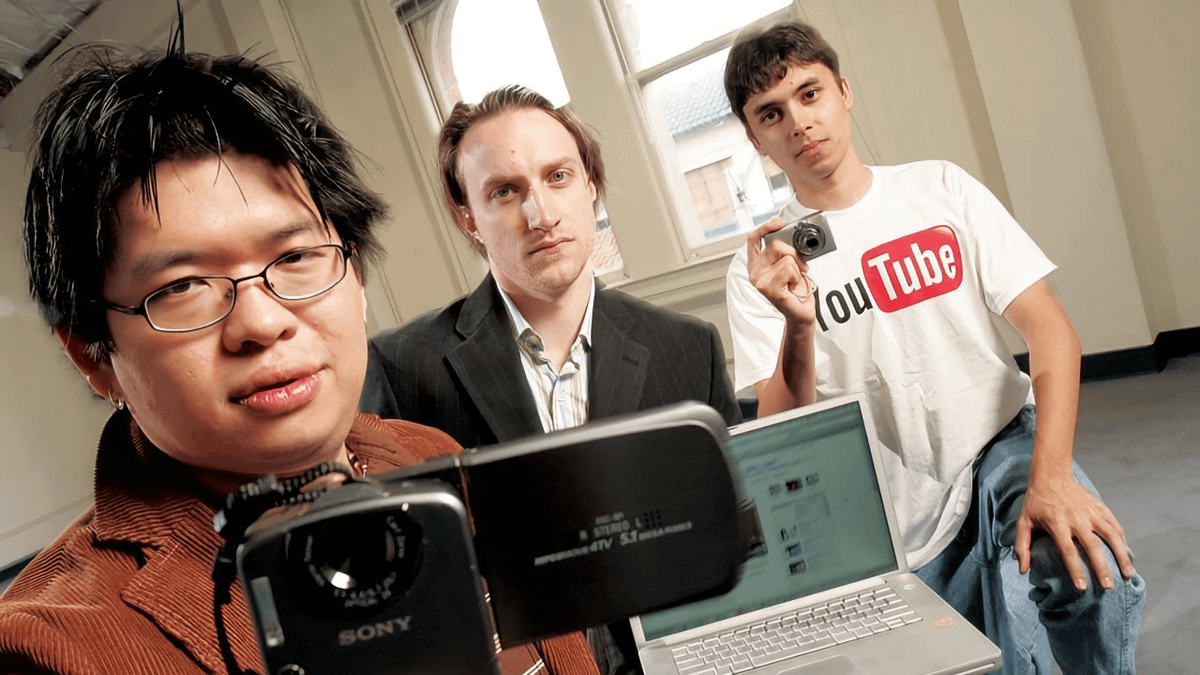

 In the early 2000s, online video was a chaotic mess.
In the early 2000s, online video was a chaotic mess. 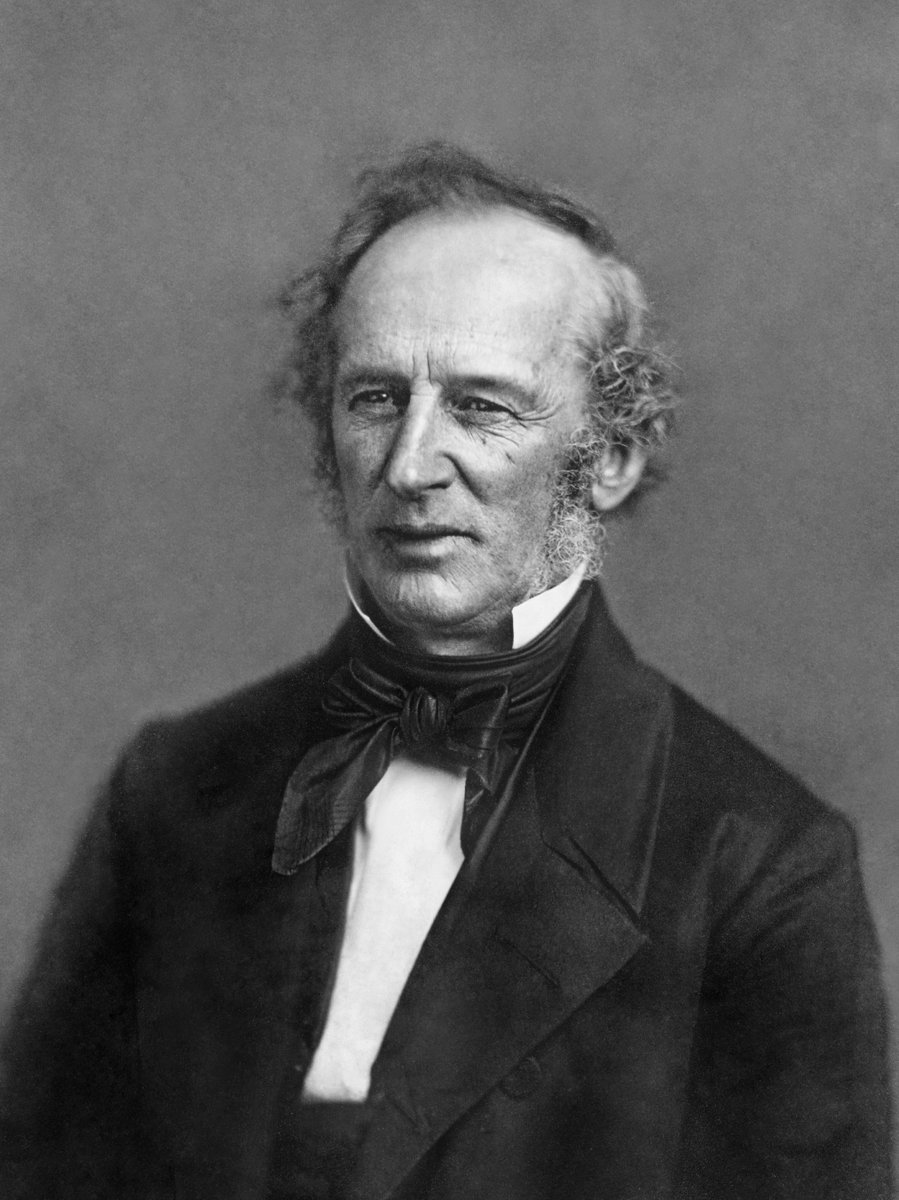

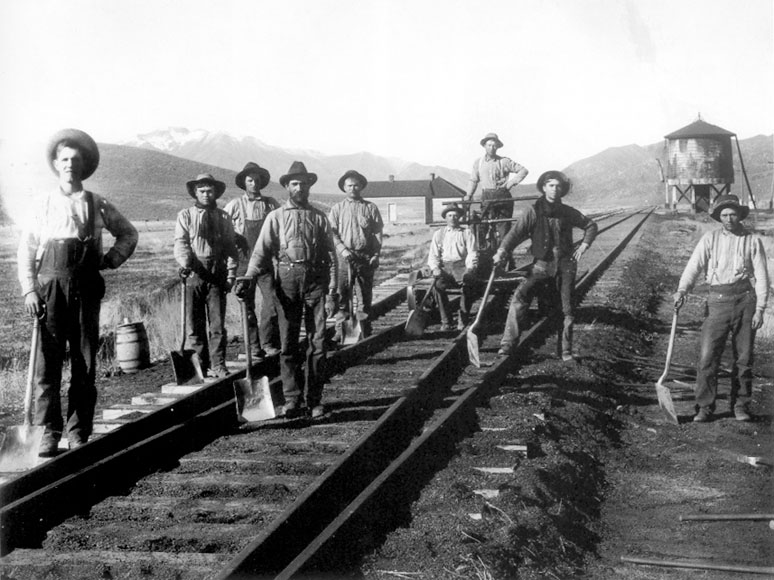 Vanderbilt left school at 11 to work with his father on the family farm.
Vanderbilt left school at 11 to work with his father on the family farm.

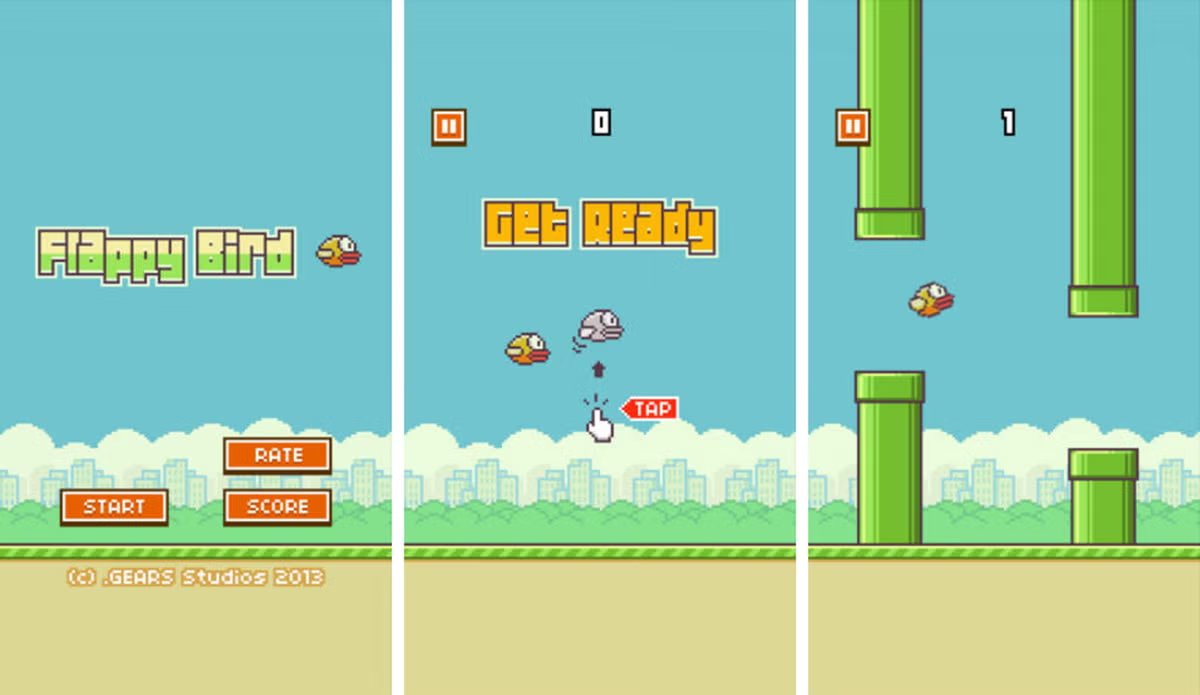 Flappy Bird was the brainchild of Vietnamese developer Dong Nguyen, who wanted to create a game that was simple and fun.
Flappy Bird was the brainchild of Vietnamese developer Dong Nguyen, who wanted to create a game that was simple and fun.